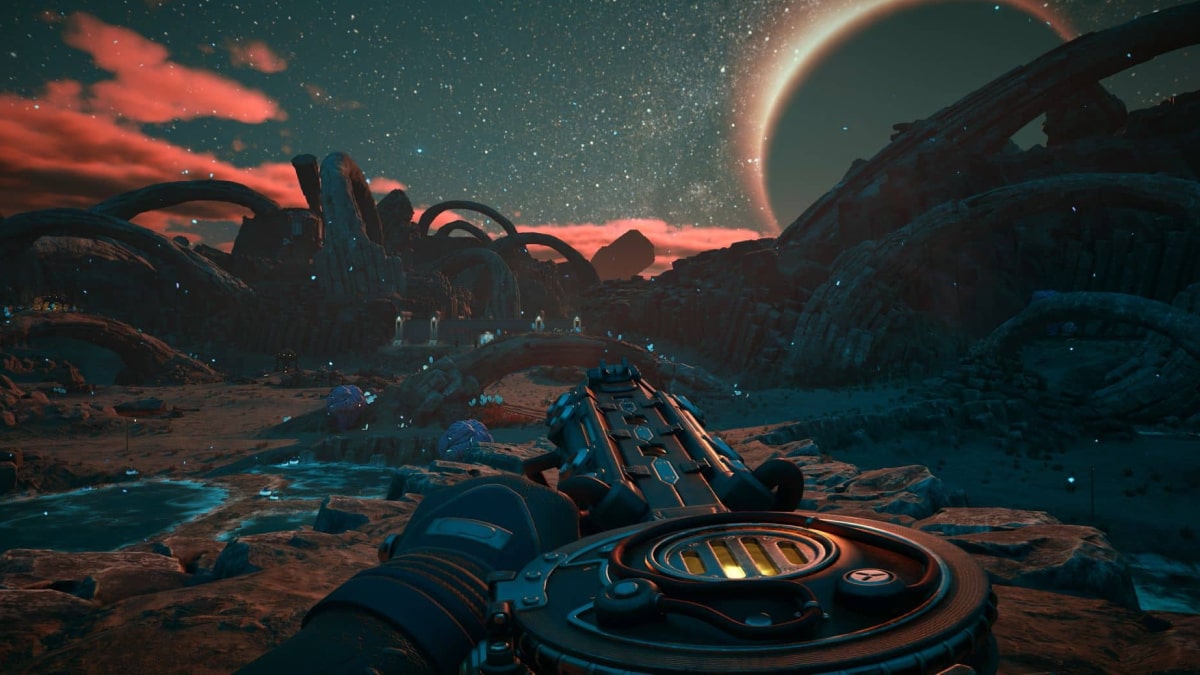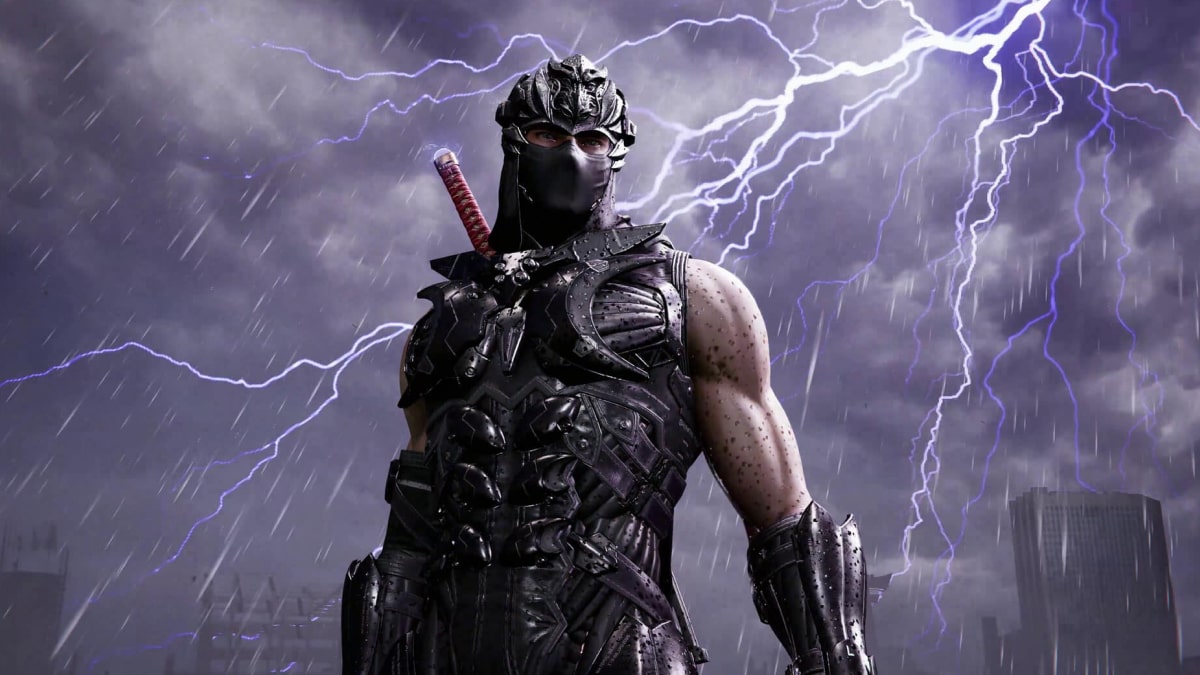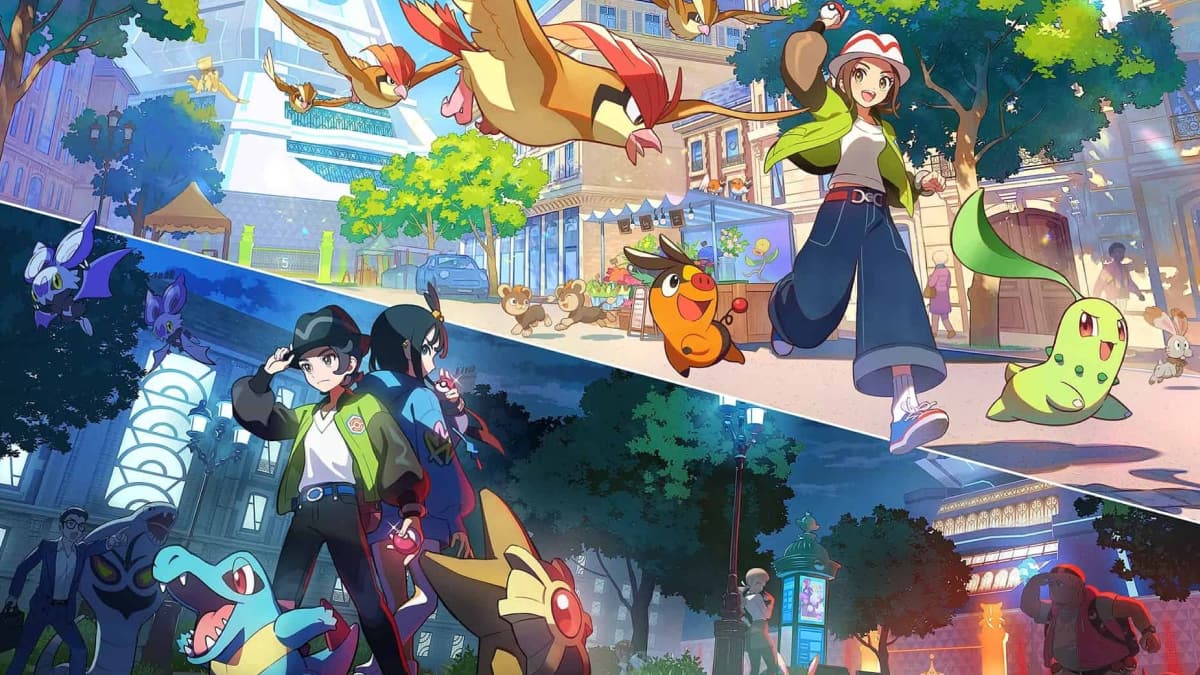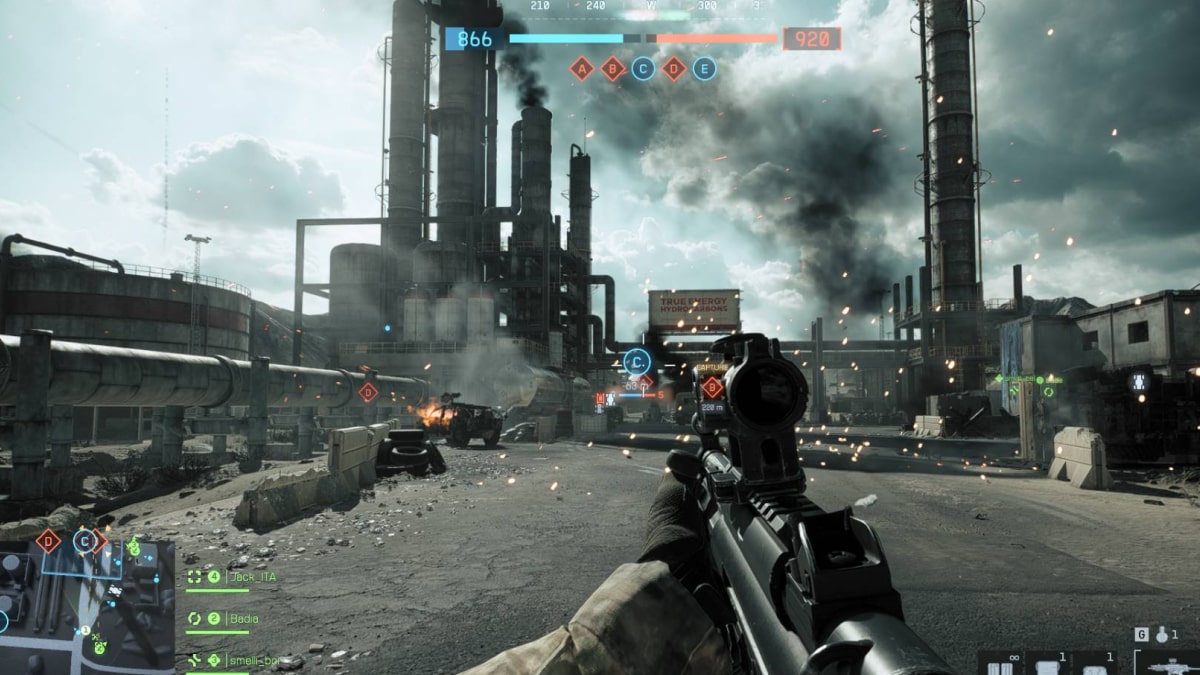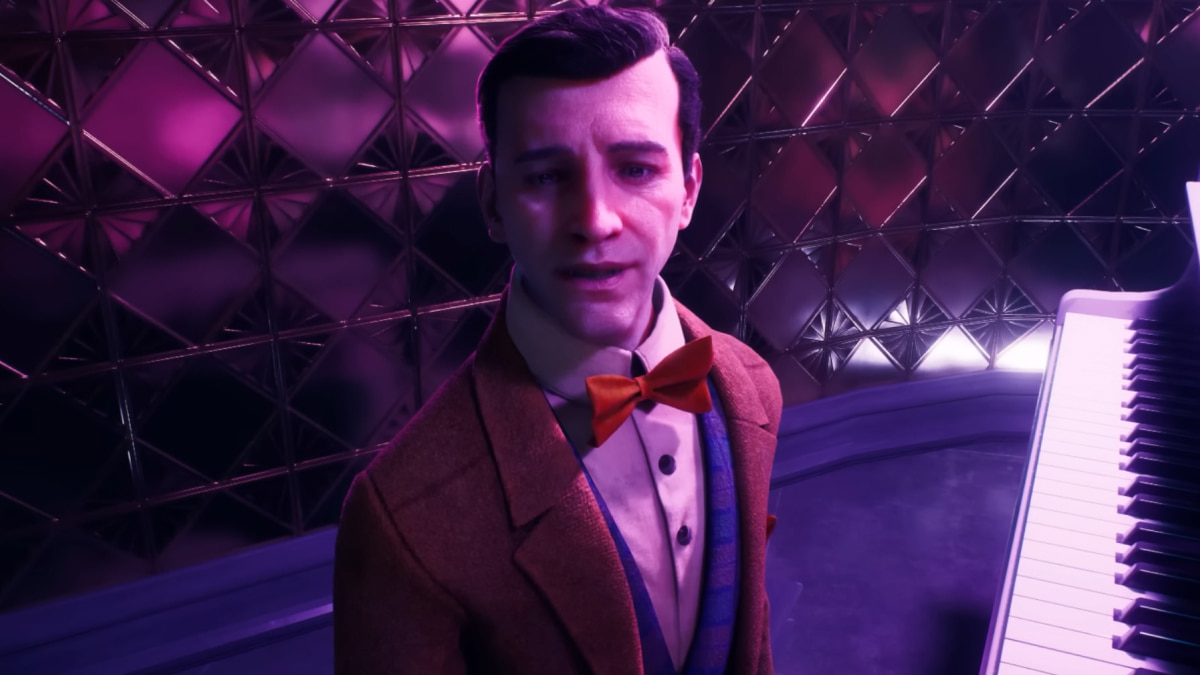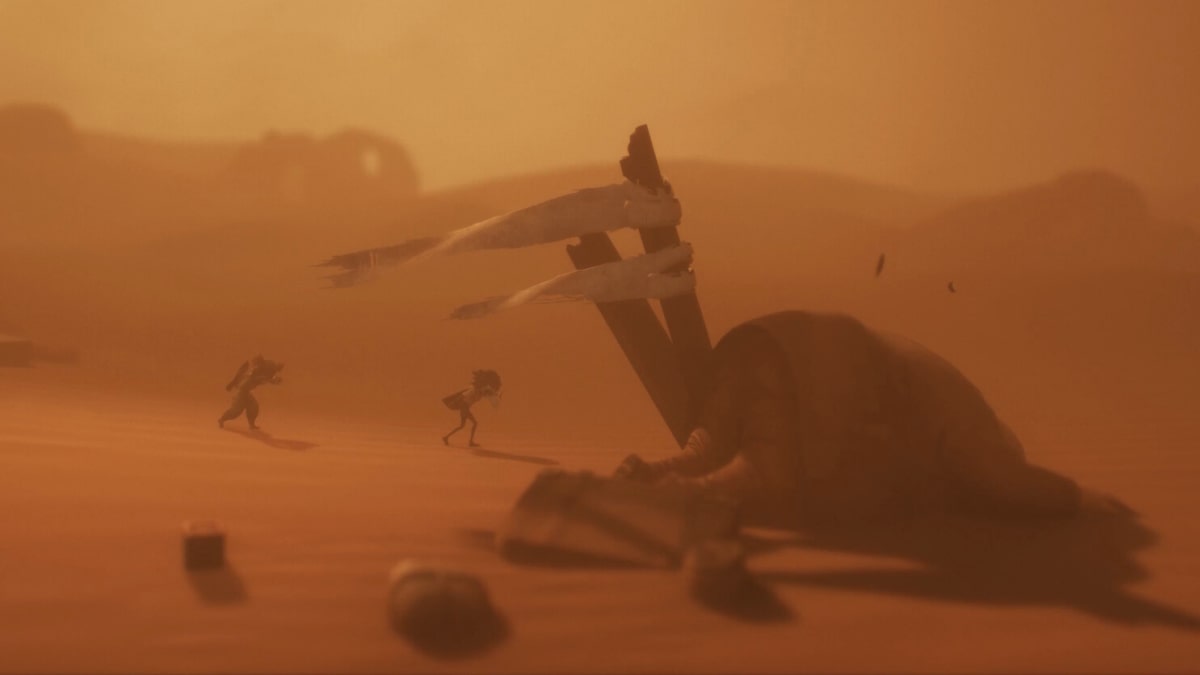You can trust VideoGamer. Our team of gaming experts spend hours testing and reviewing the latest games, to ensure you're reading the most comprehensive guide possible. Rest assured, all imagery and advice is unique and original. Check out how we test and review games here
Consumers of Earth, take heed and listen. The Outer Worlds 2 is landing, offering you a front-row seat to a gorgeous, politically charged first-person RPG adventure with better combat, wittier writing, and deeper mechanics than its predecessor.
Though The Outer Worlds 2 is not without its flaws, it is a marked improvement over its predecessor, and this is across all aspects of the game. The Arcadia star system, while hardly open-world, is a better-designed playground to showcase all that the game has to offer, and Obsidian really wants you to feel like the game is paying attention.
It’s not the best choice, it’s the player’s choice
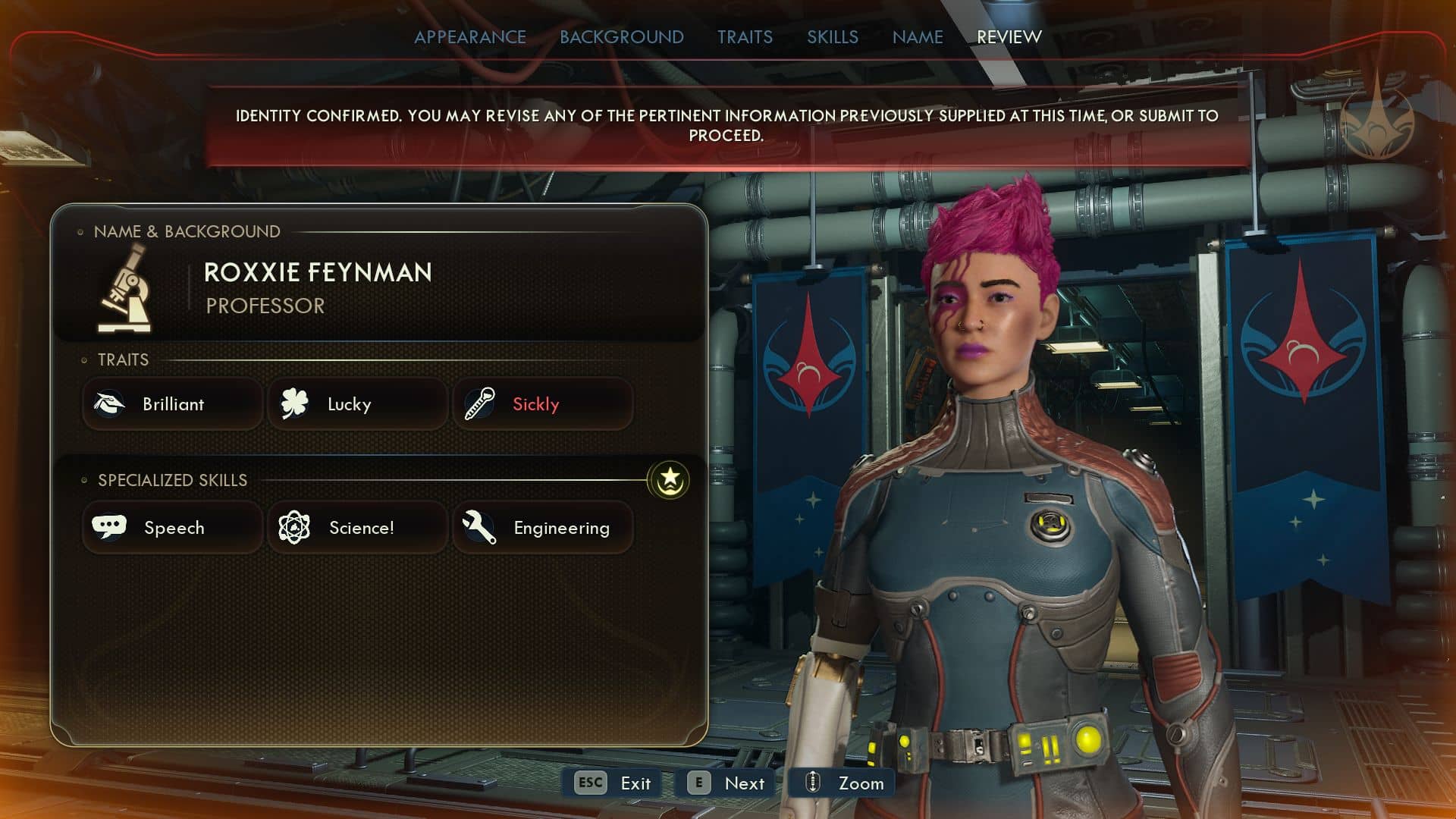
You’re put in the boots of an Earth Directorate agent, a space ranger who is here to, as the tone-setting opening reel tells you, fight against tyrannical governments and corrupt corporations. You’re given all you need to jump right in, set up with not only a wider goal of saving a star system but a target to chase down, too.
The Outer Worlds 2 tantalizingly showcases how much it wants to react to your choices; conversations change based on your chosen background, the game jumps in to tell you that dialogues will be remembered, your challenges can be faced with different skill checks, and more options open up if you’ve found the right information or items.
The dialogue tree dangles locked-off choices in front of you. It leans close and offers a furtive whisper: “If only you had the right skills, you’d have more options here. Guess you’ll just have to plan for a second playthrough.”
It may feel counterintuitive, but this sense of unexplored possibilities being held just out of reach helps The Outer Worlds 2 create a tangible sense of depth.
This is heavily reinforced by the customization system. At the start, you’re only given two starting skills (three if you pick up a particular trait) and then are given a big fat zero in all the rest. The deliberate setting of strict limits ensures that the choices you do make matter. Every little thing in The Outer Worlds 2 is a choice for players, and the game wants to give them weight.
Specialisation is optimisation
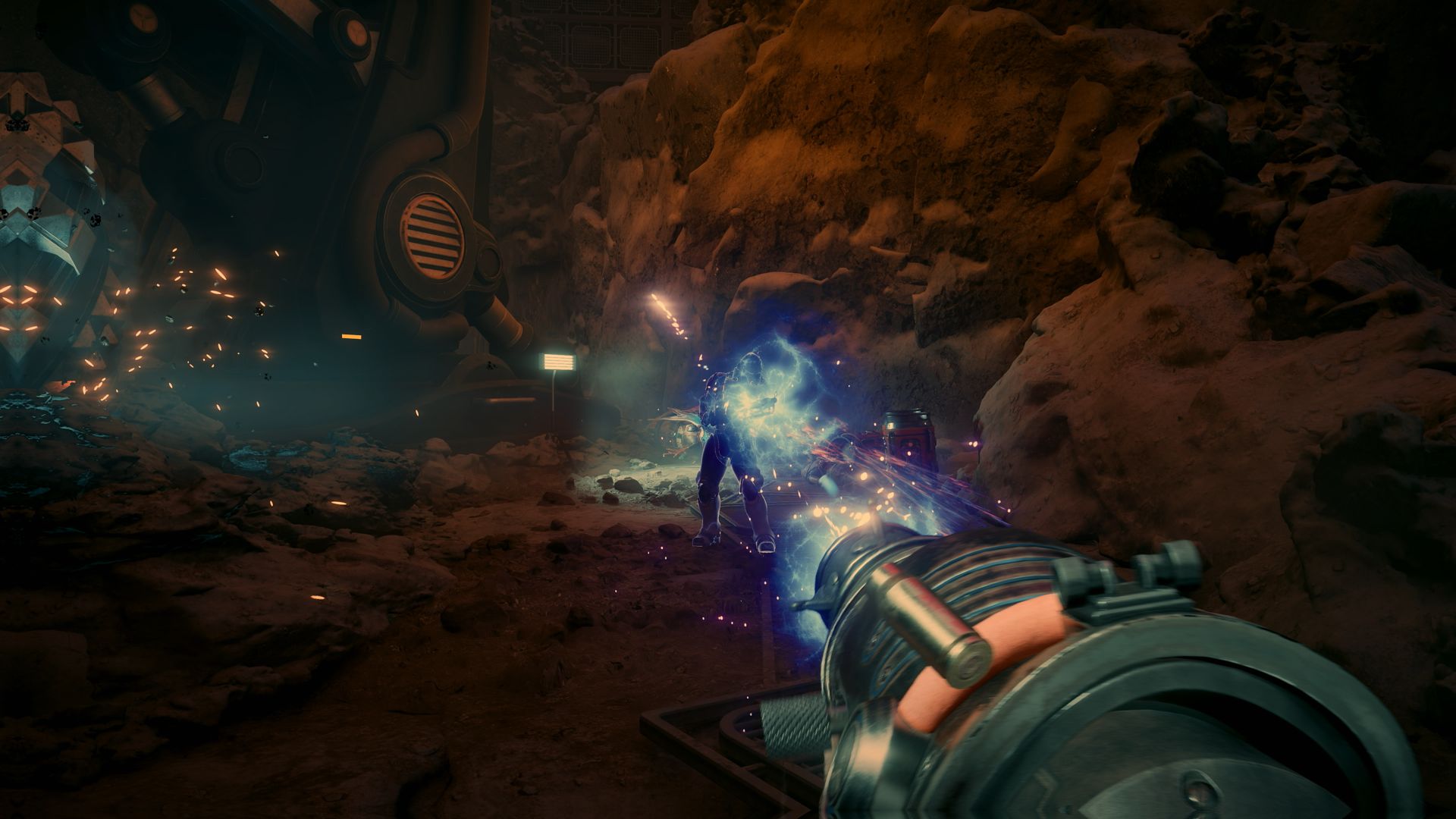
The Outer Worlds 2’s emphasis on challenging encounters forces you to reckon with the consequences of your choices.
Even on normal difficulty, you’ll find enemies can pack quite the punch. Sneaking is always an option, and no longer relies on the reductive and uninspired disguise system of the first game. Instead, you must manage enemy patrol patterns and think about where spottable corpses might end up.
However, a firefight against burrowing giant crabs or propaganda-spewing robots is inevitable. With the double jump feature, you’ll find movement in combat fluid, but with no ability to lean out of cover, the only way to hit the enemy is to put yourself at risk. You’re going to get hit, and your healing inhaler fills up a toxicity meter that prevents you from spamming your recovery.
That said, most fights devolve into disappointingly straightforward scraps, especially the disappointing boss fights, which throw out some extra mechanics but are mostly just one enemy with a large health bar with a sprinkling of cannon fodder.
The buddy system
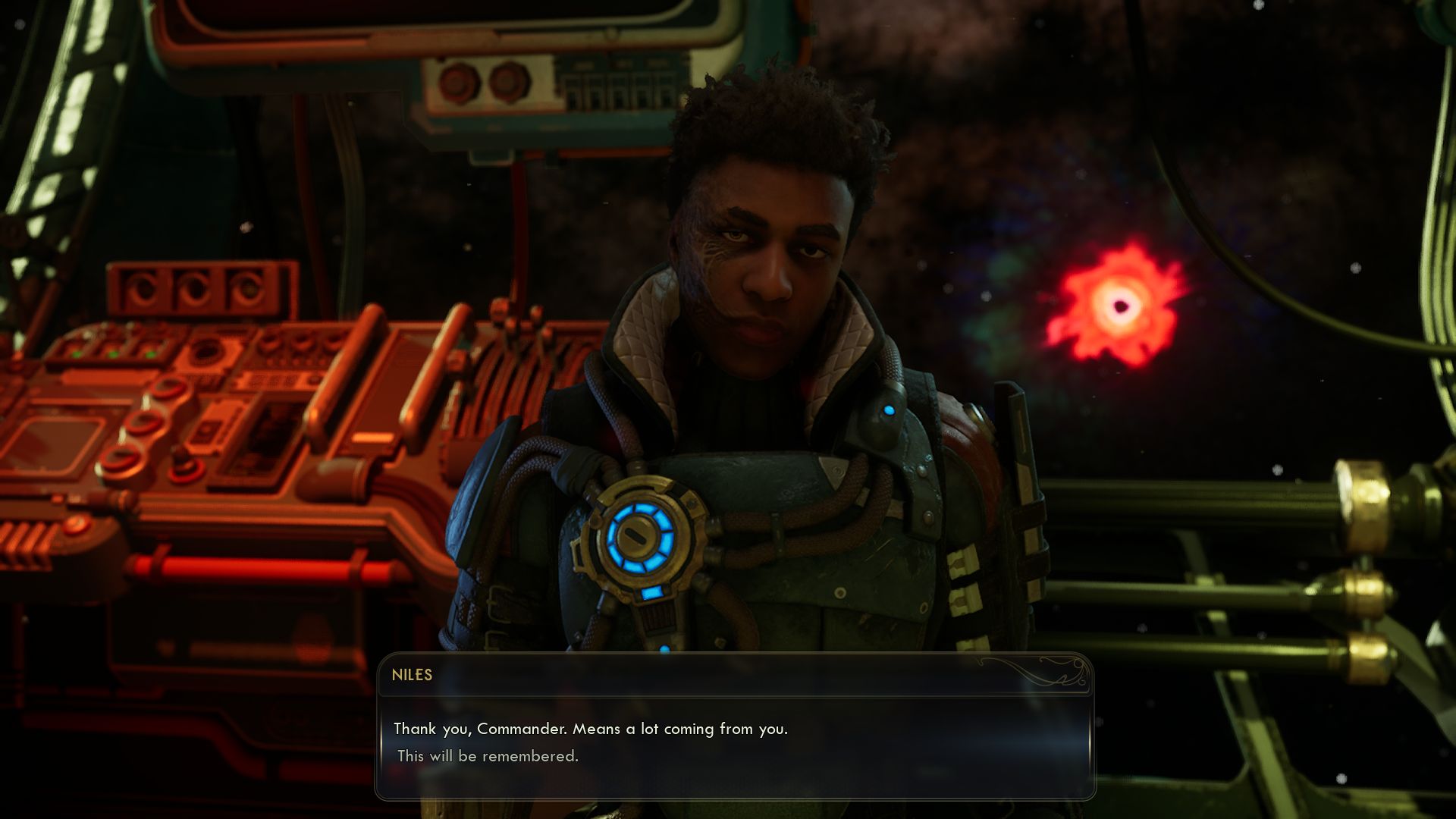
Helping you on your system-saving quest are the companions, each of them connected to a major faction. They have their own personal struggles that link to the game’s anti-authoritarian heart and are replete with their own questlines for you to explore in the name of character development.
Unfortunately, your buddies are painfully unhelpful in combat, and betray the fact that the combat AI just isn’t up to much. While enemies hit like trucks, your companions feel like they have toy weapons, and your ranged allies will find themselves stuck shooting at walls.
They’re mostly useful for their special abilities, which can give you options like an AOE stun or a taunt to take the heat off you, but they feel more like a gadget you can use than a real ally.
Once or twice, a companion somehow fell off the map, creating a softlock by preventing the ability to interact with the next objective because they were still in combat. Also, while the companions are generally well-written and quite endearing, they often let major story beats pass by without comment. This is not ideal in a title that aims to emphasize the consequences of your actions.
Taking a proper gander at this propaganda
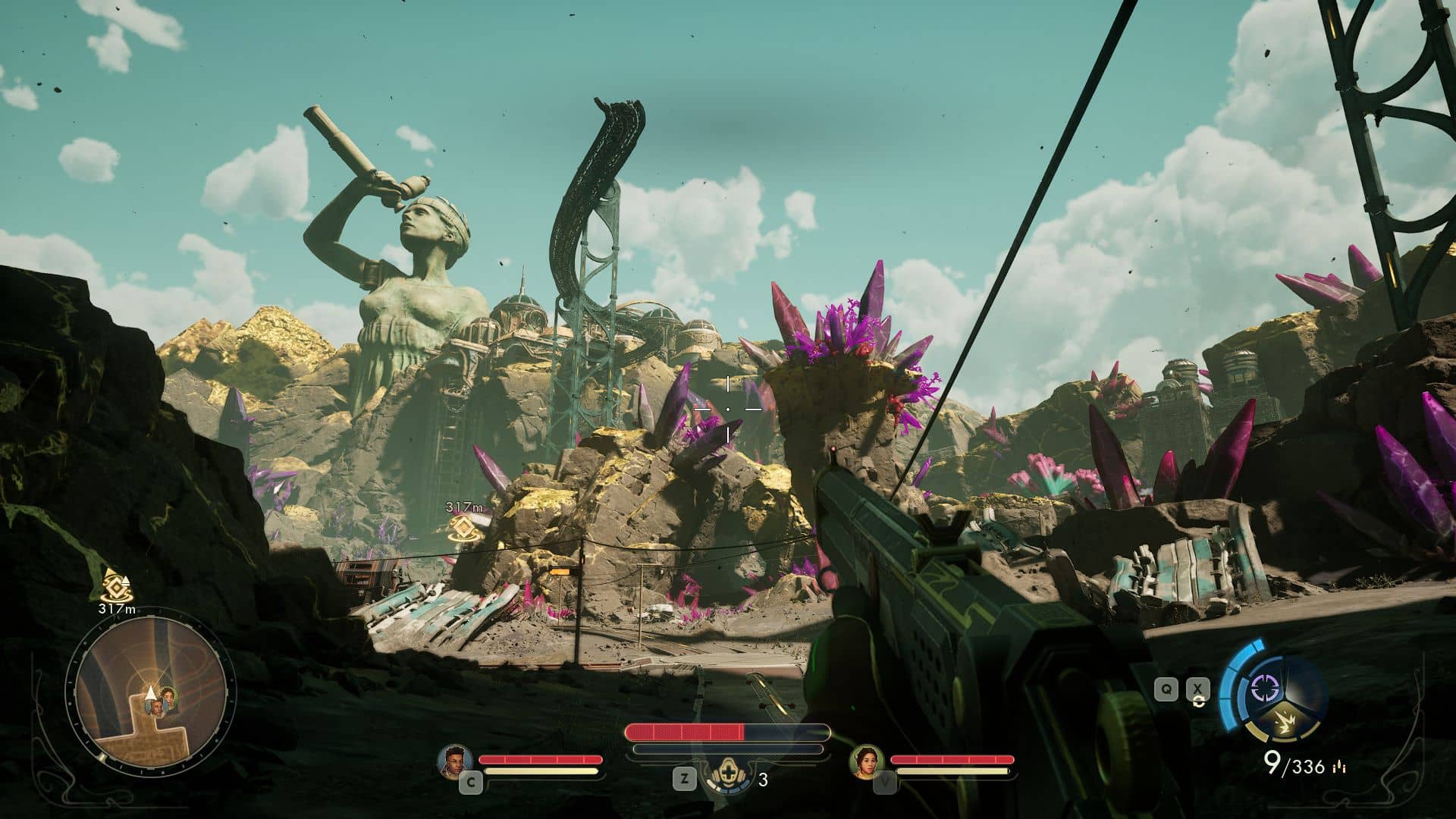
Where The Outer Worlds 2 really shines is in its worldbuilding. The game takes a firm political line, coming down hard against fascism and emphasising that it destroys more than it could ever provide. The authoritarian Protectorate is the enemy, through and through, even if other factions boast a little more nuance.
One highlight was launching into the role of a strike mediator, using my power to fight for the rights of the downtrodden – or at least as much as I could in the corporate nightmare of Auntie’s Choice. Another standout mission had me infiltrate a Protectorate memorial and being able to explore some dioramas showing the depth of the lies they peddled to their grateful subjects.
Propaganda is at the heart of everything in The Outer Worlds 2, from the reactive loading screens with the spinning of story events, to incidental dialogue that lets you understand how nameless NPCs survive under their regimes.
The best showcase is the radio. You’re given stations full of completely original music and constant chatter, each controlled by one of the major factions. They bombard you with propaganda in their own unique ways, from classical overtures to barbershop quartet advertisements.
The Outer Worlds 2 is worth a play to see just what Obsidian has done here with the writing. It can be sharply funny when it wants to be, and all too real the next moment. What’s here is a solid package that stands on its own merits, even if the combat does drag on occasion.
